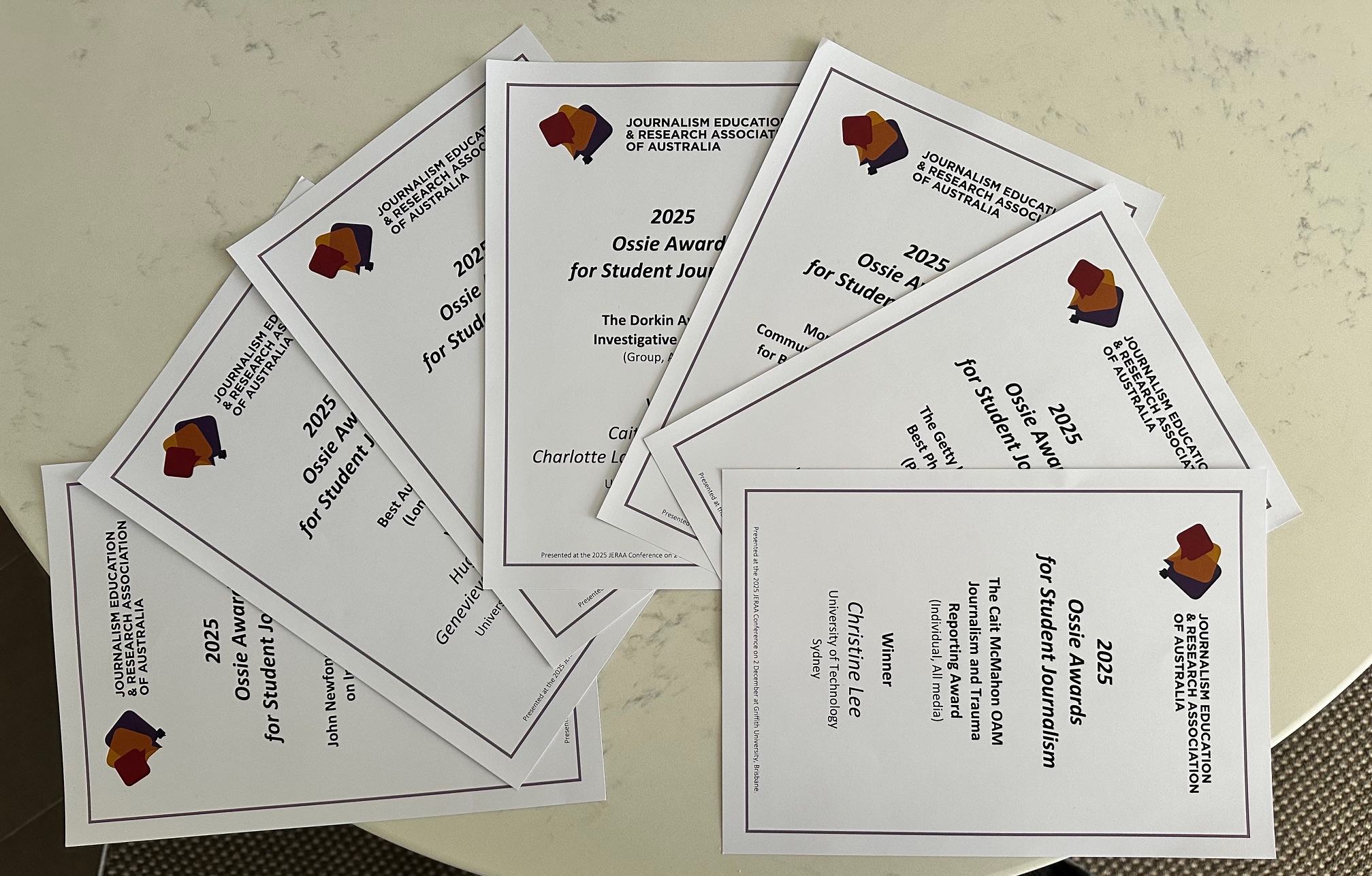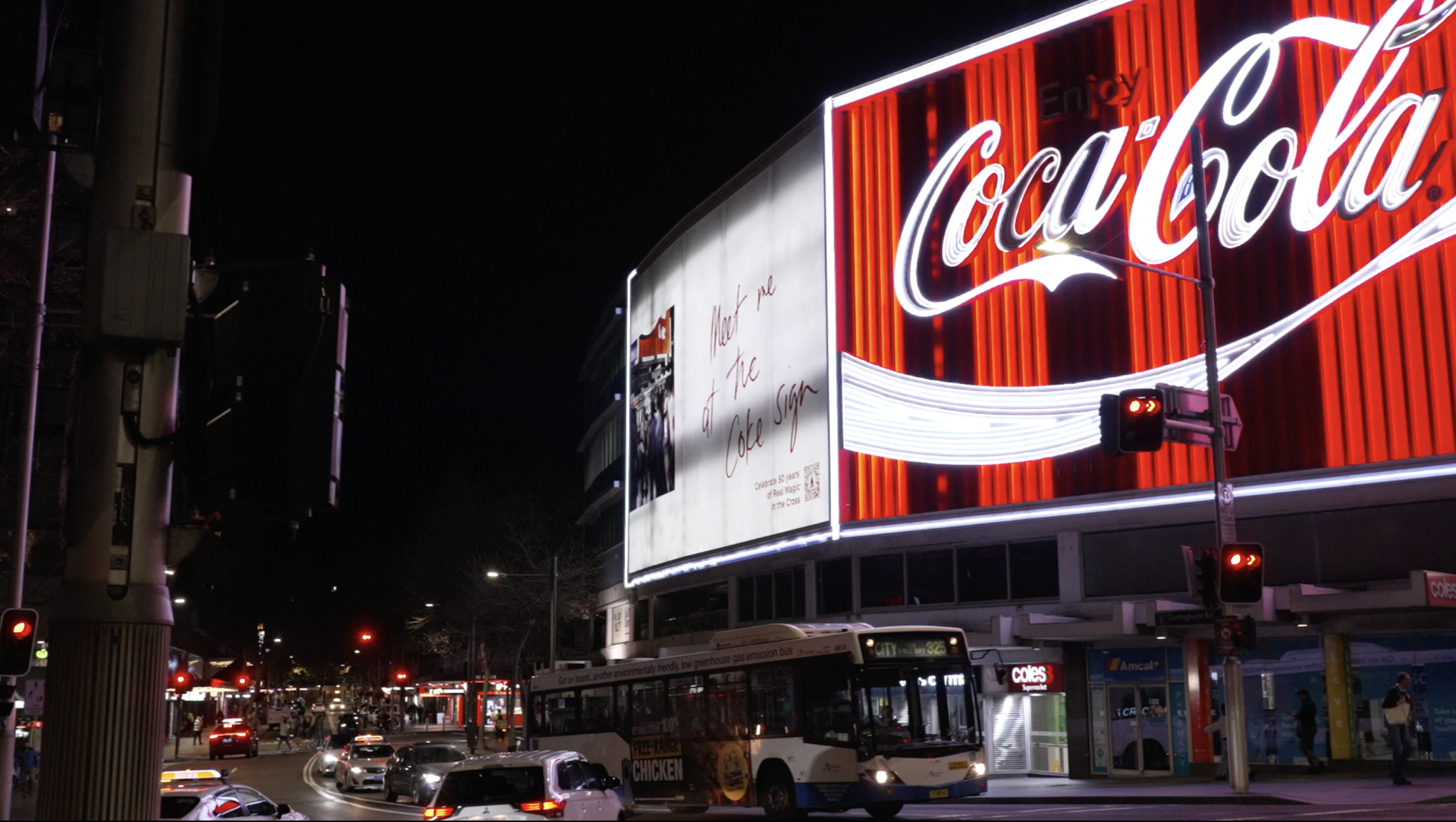TRIGGER WARNING: This story contains detailed references to domestic violence, sexual abuse, physical assault, and systemic harm. It may be distressing for some readers.
In early 2024, Australians watched the number of women killed at the hands of men climb into the double digits before the end of March. By May, the death toll had crept higher – another woman, another headline, another vigil. In response, Prime Minister Anthony Albanese declared gendered violence a “national crisis”.
According to family violence experts, behind closed doors and beyond the news cycle, a more troubling reality lingers: violence against women in Australia is not an aberration, it is structural. It is patterned. And, it seeps into aspects of everyday life – in homes, workplaces, schools and powerful institutions.
Dr Kathleen McPhillips, an expert on institutional violence at the University of Newcastle, said the way the system responds to domestic violence remains dangerously inadequate.
“Political institutions and policymaking institutions play a central role in the implementation of [reform],” she said.
“So that then begs the question — why are these policies in place if they are not enough?”
Survivors tend to be very isolated. That has also been the case in familial violence.
The problem, McPhillips said, isn’t just one of legislation, it’s about belief.
“Men are much more likely to be believed than women,” she said, adding that when a woman’s story is discounted or dismissed, the consequences ripple outward: into courts, into policing, into the survivor’s decision to even report in the first place.
According to McPhillips, survivor experiences, particularly in cases of sexual and domestic violence, have been largely absent from policy discussions for decades, not only at the interpersonal level but within institutions.
“It was kind of just disregarded, and survivors tend to be very isolated,” she said. “That has also been the case in familial violence.”
Since 2012, the feminist initiative Counting Dead Women Australia, led by anti-violence campaign group Destroy the Joint, has documented every known case of women killed at the hands of men in this country.
In a way their work has become an unofficial national ledger of loss, offering a stark visual record of a crisis too often minimised.
Drawing on national data, academic expertise, and lived experiences, Central News found simply labelling the issue domestic violence concealed a deeper culture that tolerated male violence, shielded institutions from accountability, and failed victims long before and long after they had come forward.
The gendered nature of violence is evident in domestic homicide statistics. According to the Australian Institute of Health and Welfare (AIHW), women are killed by their partners in 74 per cent of domestic homicide cases, while men are more likely to be killed by their children or parents.
Violence in Australia is predominantly perpetrated by men, and is central to the work of Australia’s Disrupting Violence Beacon. Based at Griffith University, DVB is a national research initiative focused on understanding and preventing violence in all its forms, from domestic and family abuse to broader patterns of institutional and interpersonal harm.
“If you have a look actually at offending rates, and I guess conviction rates of violent offences, predominantly it’s males offending against males,” said DVB’s Professor Elena Marchetti, who warned it was rarely treated as a structural problem.
“We see it as being something just between two individuals, and the risk that that creates is that then we see them as individual incidents that is just not that important.
“So structurally, that just then feeds into a lot of different agencies and how they treat it.”
Co-led by Dr Patrick O’Leary and Marchetti, DVB’s program draws on interdisciplinary expertise to address the structural, cultural, and social drivers of violence in Australia. It focuses on systemic reform, early intervention, and reframing violence as a public—rather than private—issue.
“If you’re a man that’s happy to have a fight and use violence against other men, you’re also much more likely to use violence against women,” said O’Leary, “but we separate them.”
O’Leary believes the behaviours are connected, but the systems, institutions, and narratives that surround them continue to treat them as unrelated.
According to the United Nations Office on Drugs and Crime, men accounted for around 81 per cent of global homicide victims in 2021, while approximately 90 per cent of those suspected of committing homicide were also male.
“So, we have a very distinct gender issue. It is a male issue,” O’Leary said.
Despite this, media coverage often presents violent men as isolated cases — describing them as “one-off attackers,” “troubled loners,” or “good blokes who snapped”. Researchers say such portrayals can make it harder to identify broader patterns or systemic issues.
All of those kind of discriminatory behaviours or ways of thinking play into the fact that we’re a society, and we have structures that really continue to empower white hetero males.
“We refuse to talk about it. And I think that what’s really required is some honesty,” said Marchetti.
That honesty, she said, starts with understanding how deeply these behaviours are embedded in Australia’s institutional fabric.
“I think as a society, Australia continues to refuse to look at how we treat minority groups in general,” she said.
“Particularly with First Nations people, but even Islamic communities. The list goes on.
“All of those kind of discriminatory behaviours or ways of thinking play into the fact that we’re a society, and we have structures that really continue to empower white hetero males.”
While she acknowledged progress, more women are speaking publicly, and some reforms have been enacted, McPhillips warned against complacency.
“There are still obviously big, significant changes that haven’t happened and need to happen in relation to responses to those stories,” she said.
Without them, public empathy risks sliding into numbness, warned McPhillips, adding: “There is something called exposure fatigue where the public hears these stories, and nothing seems to change… that’s a worry.”
McPhillips said for women in crisis, silence is often a survival tactic, but for a system that claims to support them, silence in the face of injustice is a choice.
While women made up the majority of domestic violence victims, gender alone doesn’t tell the whole story. Research shows that non-heterosexual and gender-diverse people experience intimate partner violence at disproportionately high rates – a reality often excluded from mainstream policy and media narratives.
Domestic violence, though central to national debate, is part of a broader culture of violence overwhelmingly driven by men, according to statistics.
Figures from the Australian Bureau of Statistics, show male perpetrators are responsible for most acts of violence against both women and men. Men are more likely to be assaulted by another man than women are.
According to O’Leary the consequences aren’t abstract. When violence is viewed as random or personal, rather than systemic, he said policymakers end up designing interventions for the most extreme – and statistically rare – outcomes.
“Even in Australia, domestic homicide is still in relative terms, even over history and internationally, not a likely outcome of domestic violence,” he added.
“The majority of outcomes of domestic violence are injuries and psychological effects… we prepare for the worst outcome, but [it] isn’t the most likely outcome.”
The more common forms of violence – verbal abuse, intimidation, psychological control – remain under-policed, under-reported, and under-recognised in public discourse.
O’Leary said the issue is cultural, and cultural change means reaching men and boys in ways that go beyond blame.
“As a bloke myself, I believe [that] men are part of the solution,” he said. “If we keep on building women’s shelters and what have you, we’re not actually ever addressing the cause… who is actually going to the top of the cliff instead of being pushed to the bottom of the cliff.”
That cultural shift, he said, must begin by changing how we speak to men – and about them.
“We do a lot of correcting of men, but we don’t do a lot of saying ‘this is how to be,’” he said. “And I think you actually end up disenfranchising young men and boys.”
Marchetti agreed: “It’s treated as domestic violence being a crisis, but it really needs to be treated more so, I think, as a priority. A priority to shift culturally dominant views.”
This shift involves framing domestic violence not as an isolated issue, but as part of a broader national pattern linked to gender and power dynamics.
According to the Australian Bureau of Statistics, men report experiencing both verbal threats and physical assault at higher rates than women – a pattern often overlooked in public discourse. But what the data also makes clear is that across both male and female victims, the vast majority of perpetrators are male. This distinction matters.
O’Leary warned that efforts to address violence often fail because they don’t account for how men are shaped by broader social forces.
“I think the other thing here is a really important point that we don’t always link everything together in a systemic response,” he said.
“So that gender equality might be there. But if you’re a man who’s grown up with trauma and other things in your life, you probably haven’t had good male role models. You probably had some levels of influence of misogyny and other things.”
For O’Leary, effective prevention can’t rely solely on slogans or reactive policy.
“You might not have ever had any good modelling about self-regulation,” he said, “and so just telling men to respect women or to address gender inequality without addressing other things in life isn’t going to cut it.
This disconnect is not just cultural — it’s generational.
There’s this real need to be honest about the fact that there’s behaviour that is just not conducive to having a society that sits on an equal playing field.
“I think there’s a genuine dissatisfaction amongst particularly the young men, being, feeling blamed sometimes for a culture that they walked into, they didn’t create themselves,” O’Leary added.
“But also, often telling them what not to do, rather than how to be. And I think we don’t, we do a lot of correcting of men, but we don’t do a lot of saying this is how to be. And I think you actually end up disenfranchising young men and boys.”
Anti-violence experts say the problem isn’t just violent men. It’s the lack of visible, supported alternatives to violence, especially for boys who are still forming their understanding of masculinity, power, and control.
And that recognising this pattern is not about assigning blame to all men, but about confronting a cultural norm that has allowed this issue to persist across generations, systems, and sectors. It’s about asking why institutions continue to respond to acts of violence as isolated incidents rather than symptoms of something more embedded.
Researchers, frontline workers, and survivors all point to the same challenge: without acknowledging how gender, power, and structural inequality shape both violence and the responses to it, efforts at prevention risk falling short.
Marchetti said: “There’s this real need to be honest about the fact that there’s behaviour that is just not conducive to having a society that sits on an equal playing field.”
Main Image by Marco – Adobe Stock
Family and domestic violence support services:
If you need help immediately call emergency services on triple-0
- 1800 Respect National Helpline: 1800 737 732
- Women’s Crisis Line: 1800 811 811
- Men’s Referral Service: 1300 766 491
- Lifeline: 131 114




























